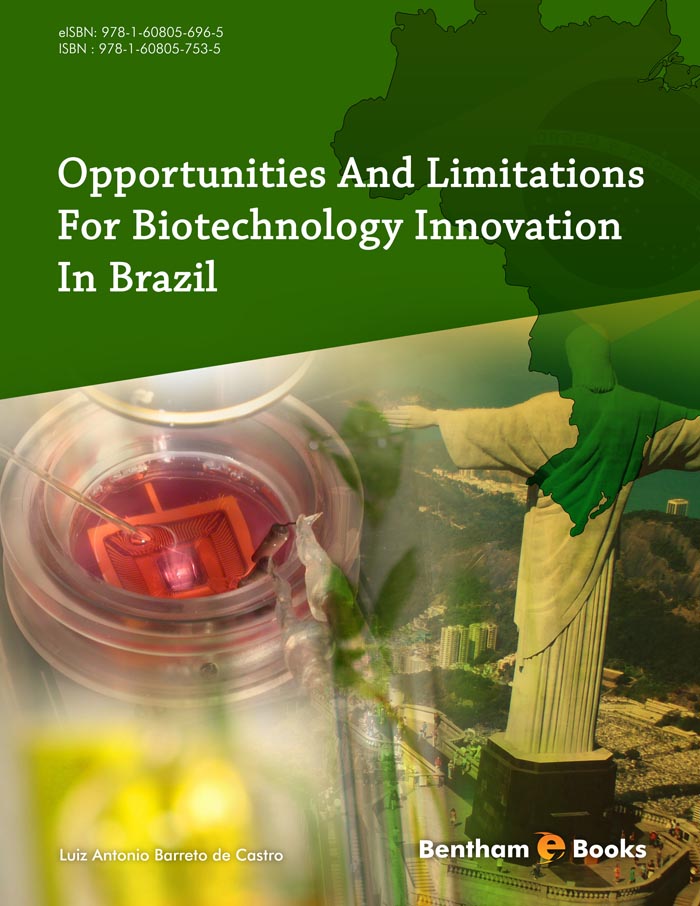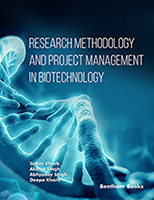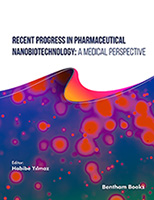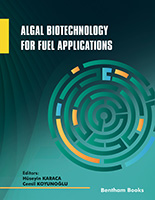Introduction
Brazil has emerged as a significant financial and industrial power in recent times. Brazil is poised to become a significant player in the field of biotechnology, internationally, by taking advantage of circumstances not available in other countries, particularly its native biodiversity. This will, in turn, have an effect on commercial and entrepreneurial opportunities in the region.
Topics covered in this text include adjustments that must be made in the regulatory framework to assure the success of business investment. This investment is crucial for training R&D scientists and developing new technologies. The book also covers a debate on transgenic plants which had political ramifications in the region and slowed the adoption rate of genetically modified organisms by almost a decade. The opportunities for commercialization of recombinant DNA technologies in the country are also presented.
Opportunities and Limitations For Biotechnology Innovation In Brazil presents a concise overview of the biotechnology industry in Brazil and will be of great interest to a wide range of readers including researchers, biotechnology graduates, as well as both local and international investors.





